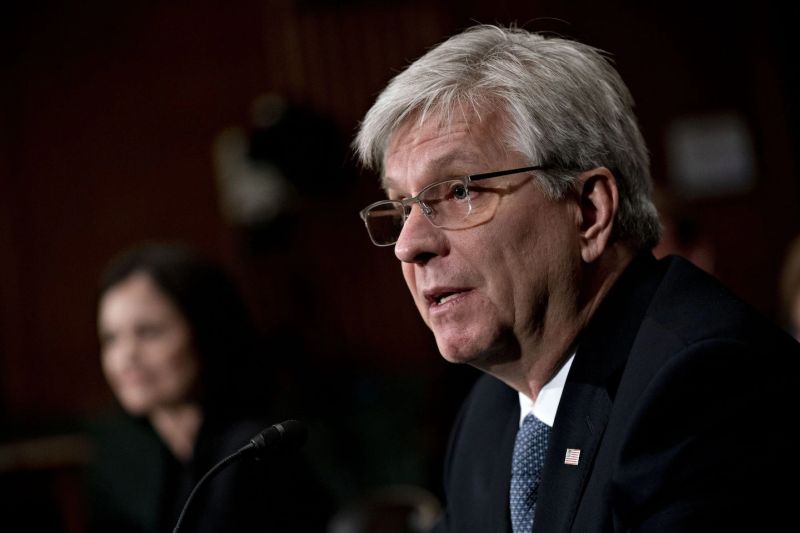From the outside, central banking can look like the work of individual policymakers, parsing the data and making the hard decisions. In truth, it is a team effort of many people, and that has also been true for editing the International Journal of Central Banking (IJCB) and putting together this conference. I have a long list of people to thank who did the lion’s share of that work during the year that I have served as managing editor. But first, for those who may not know it, let me review the history of the journal and touch on what this conference will address.
In the summer of 2004, the Bank for International Settlements (BIS), the European Central Bank, and the Group of Ten central banks agreed to support the development of a new publication focused on the theory and practice of central banking. There was no shortage of research on central banking, and, indeed, central bankers themselves did and continue to publish peer-reviewed research in leading journals, not to mention many working papers published by central banks and other outlets. This work was prevalent, but there was a sense that there lacked a place for scholarly research that focused exclusively on central banking and could serve as a forum for the community of central bankers around the world. The creation of the International Journal of Central Banking filled this deficit. The primary objectives of the IJCB are to widely disseminate the best policy-relevant and applied research on central banking and to promote communication among researchers inside and outside central banks. We do this with publication of the journal, which will now be coming out six times a year, and with the added attention of this conference, which presents research on timely policy topics. With the possible exception of myself, the journal has attracted distinguished managing editors, including my colleagues from the Federal Reserve and my immediate predecessor, Luc Laeven from the European Central Bank. We have the strong support now of 55 sponsoring institutions, including the CBI and the Bank of Canada, which hosted last year’s conference.
In 2022, we chose the theme for this year’s conference based on events very much on the minds of central bankers: „Global Supply Shocks, Trade Frictions, and Inflation.” Global and sectoral supply shocks over the past few years have had significant effects on trade, economic activity, and inflation, and they figured prominently in monetary policymaking. The effects of these shocks have varied across different economies, but a common theme is elevated inflation. The current economic environment has raised several policy questions that the papers presented here attempt to answer. These are questions that policymakers, including those of here today, must grapple with, even when the answers are far from apparent. Academic research provides insights into these questions and possible answers, ways to analyze the data, and the foundations for testing theories with economic models.
The papers presented here today and tomorrow are ideal examples of the kind of work that can help policymakers do their jobs better, and can facilitate sharing knowledge around the world. We have sessions on inflation, of course, and supply chain disruptions, and optimal monetary policy, and the important topic of uncertainty, which central bankers to some extent always face.


COMMENTS